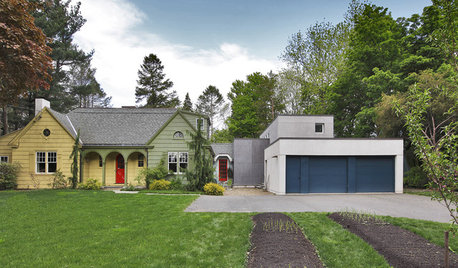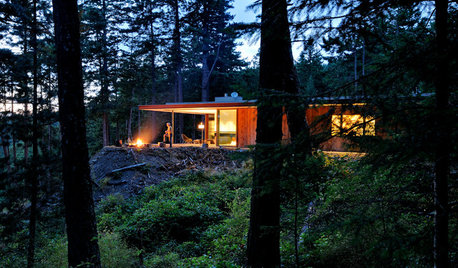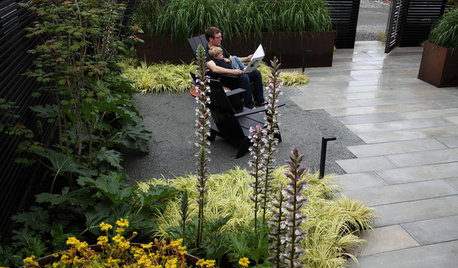looking for a good home: an east coast monkey puzzle
davidrt28 (zone 7)
10 years ago
Related Stories

HOUZZ TOURSHouzz Tour: An East Coast Cottage Look in Los Angeles
Traditional Eastern Seaboard style takes root in a new LEED Gold home in Southern California
Full Story
LIVING ROOMSRoom of the Day: East Coast Preppy Meets West Coast Cool
A living room designed for entertaining goes bicoastal with a look that’s equal parts sophisticated and casual
Full Story
MY HOUZZMy Houzz: Classic East Coast Style in Maryland
Collected vintage finds, clean furnishings and European touches are highlights of a couple's bright and airy 1923 house
Full Story
STUDIOS AND WORKSHOPSStudio Tour: Spaciousness Serves an East Coast Artist
A bold, modern studio addition to a traditional Connecticut home offers a sculptor enough room to let creativity run free
Full Story
ECLECTIC HOMESHouzz Tour: Color and Light on the Sussex Coast
In England, bright accents and coastal light lift a rural Victorian interior redesigned for better flow
Full Story
MY HOUZZMy Houzz: Global Details Add Character to a Connecticut Farmhouse
Lush textiles and gorgeous antiques warm up this classic 1745 East Coast home
Full Story
HOUZZ TOURSMy Houzz: A Relaxed Retro Feel on the Australian Coast
A spacious 1970s beach house gets a colorful retro makeover with vintage finds
Full Story
HOUZZ TOURSHouzz Tour: Just What Mom Wanted, Off the Washington Coast
With an art studio, age-in-place features and a view-maximizing design, this home shows just how well the architect knows his client
Full Story
LANDSCAPE DESIGNNodding to the Coast in a Bainbridge Island Entry Garden
Puget Sound inspired this front yard, but modern touches — not coastal clichés — fill it
Full StoryMore Discussions











bengz6westmd
ken_adrian Adrian MI cold Z5
Related Professionals
Londonderry Landscape Architects & Landscape Designers · Belmont Landscape Architects & Landscape Designers · Birmingham Landscape Architects & Landscape Designers · Hershey Landscape Architects & Landscape Designers · Ilchester Landscape Architects & Landscape Designers · Aloha Landscape Contractors · Dunwoody Landscape Contractors · Hannibal Landscape Contractors · Mahwah Landscape Contractors · Mashpee Landscape Contractors · Mission Landscape Contractors · New Baltimore Landscape Contractors · Riverhead Landscape Contractors · Riverview Landscape Contractors · Saint George Landscape Contractorsscpalmnut
fairfield8619
Sara Malone Zone 9b
Sara Malone Zone 9b
davidrt28 (zone 7)Original Author
davidrt28 (zone 7)Original Author
davidrt28 (zone 7)Original Author
bengz6westmd
davidrt28 (zone 7)Original Author
unprofessional
davidrt28 (zone 7)Original Author
davidrt28 (zone 7)Original Author
bengz6westmd
sam_md
whaas_5a
L
davidrt28 (zone 7)Original Author
davidrt28 (zone 7)Original Author
fairfield8619
pineresin
fairfield8619
davidrt28 (zone 7)Original Author
fairfield8619
pineresin
fairfield8619
pineresin